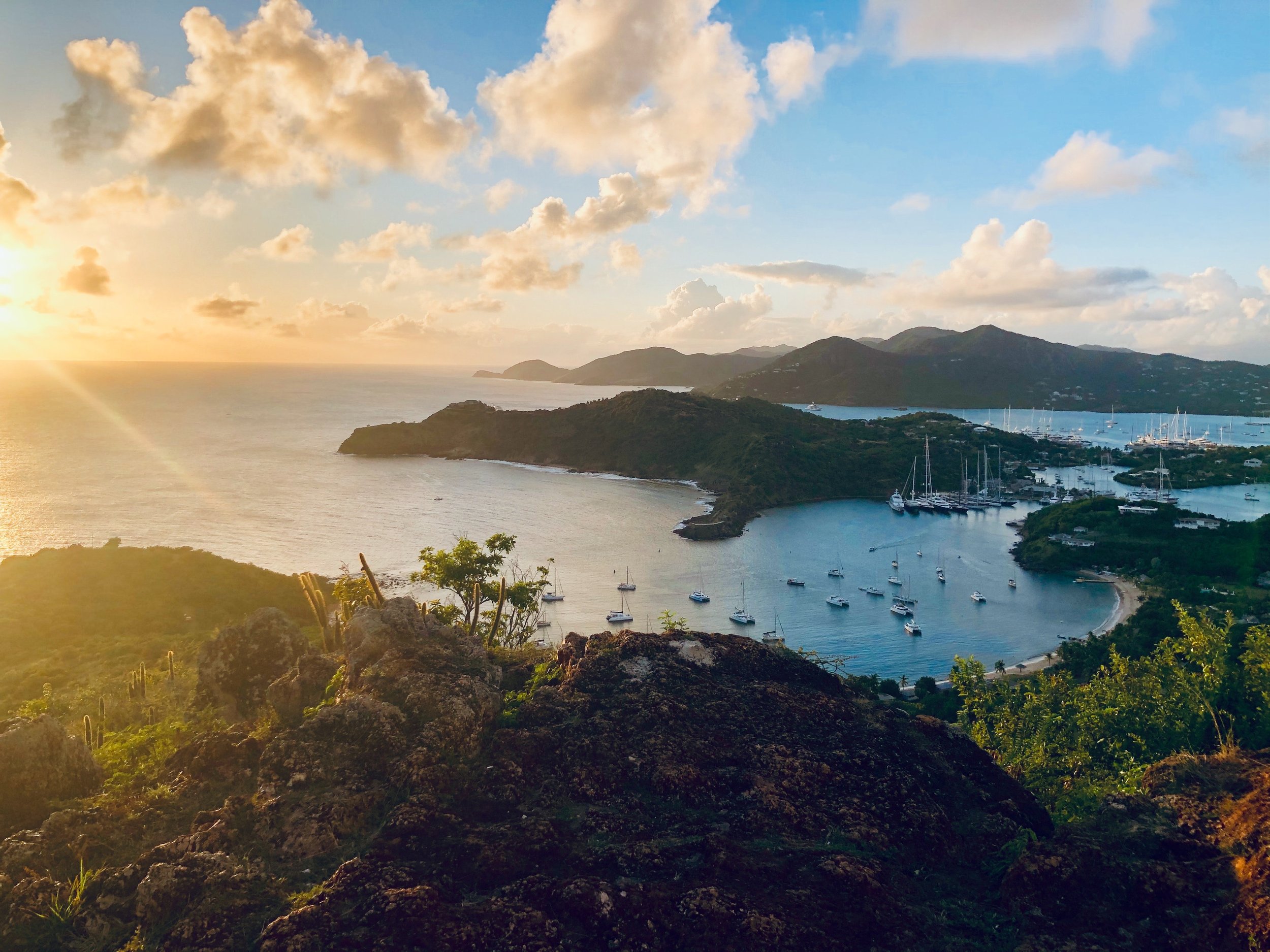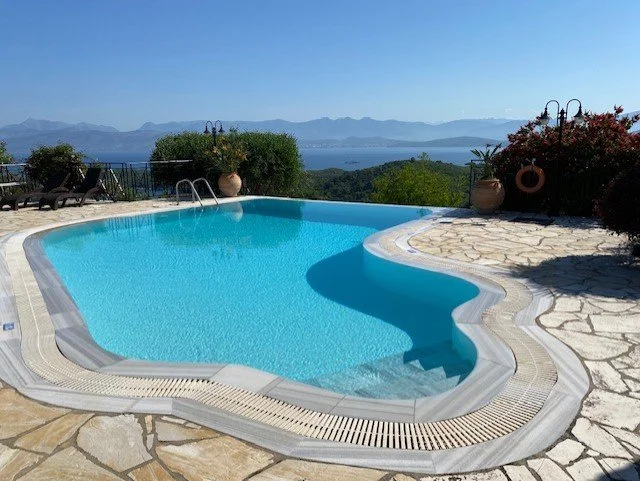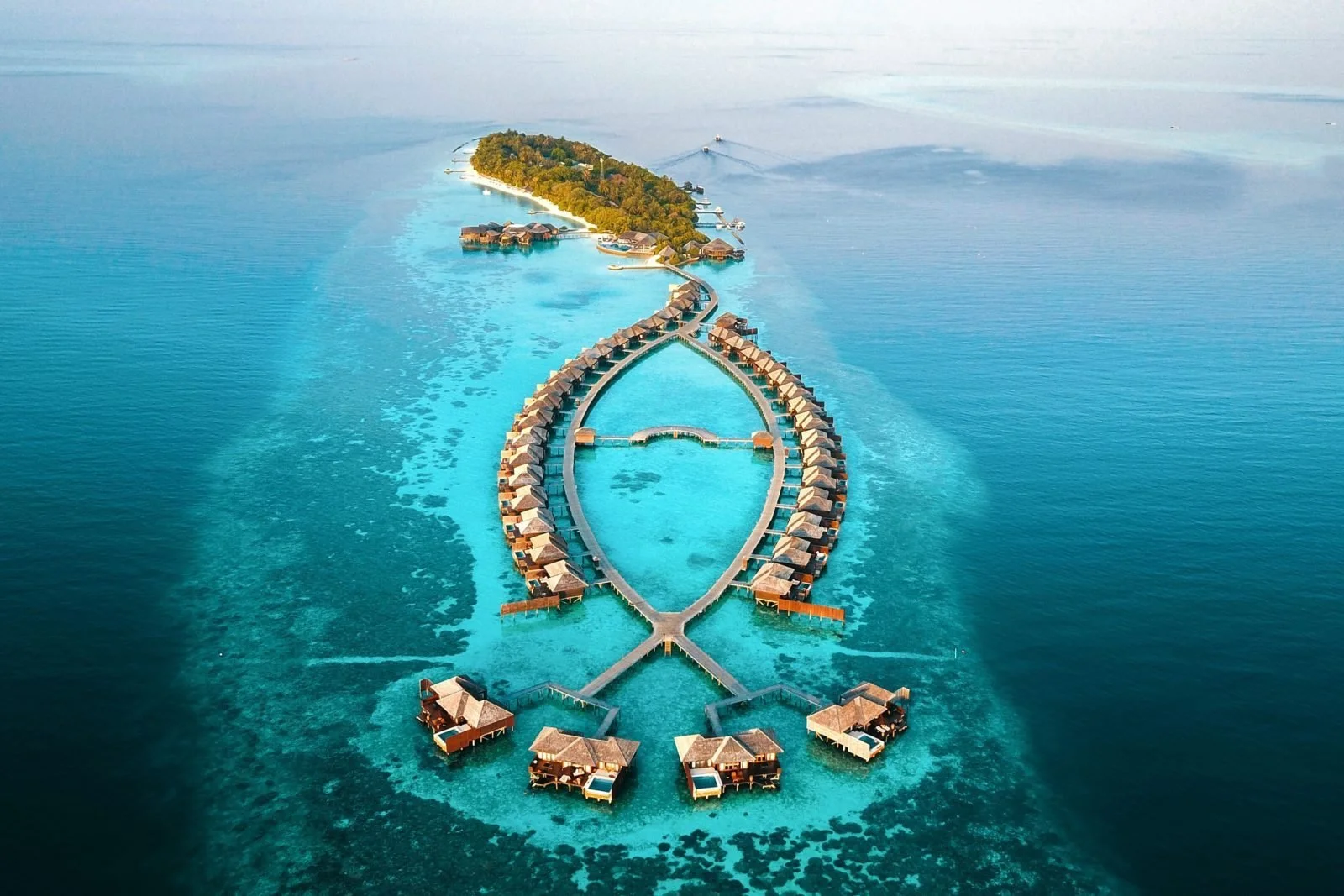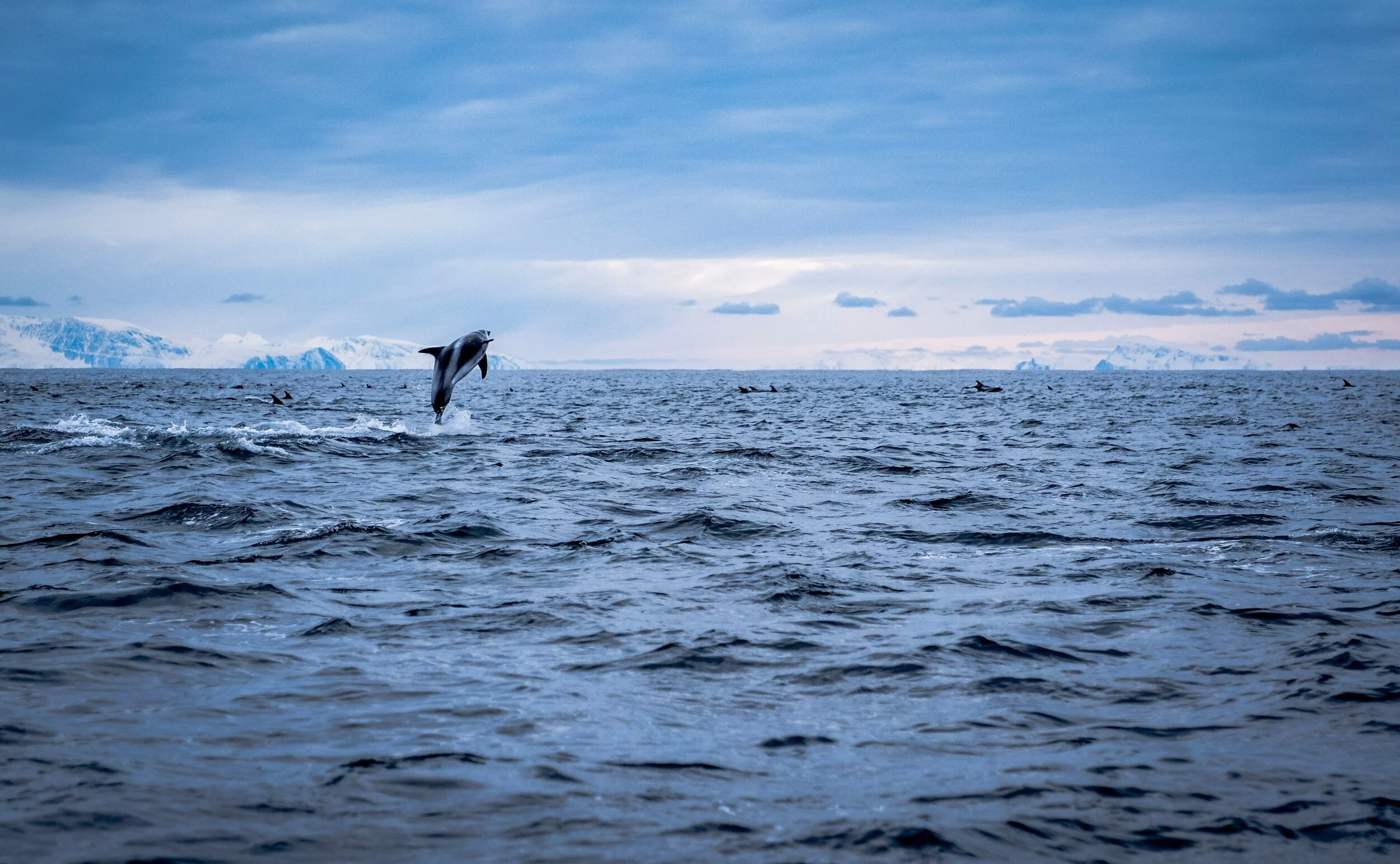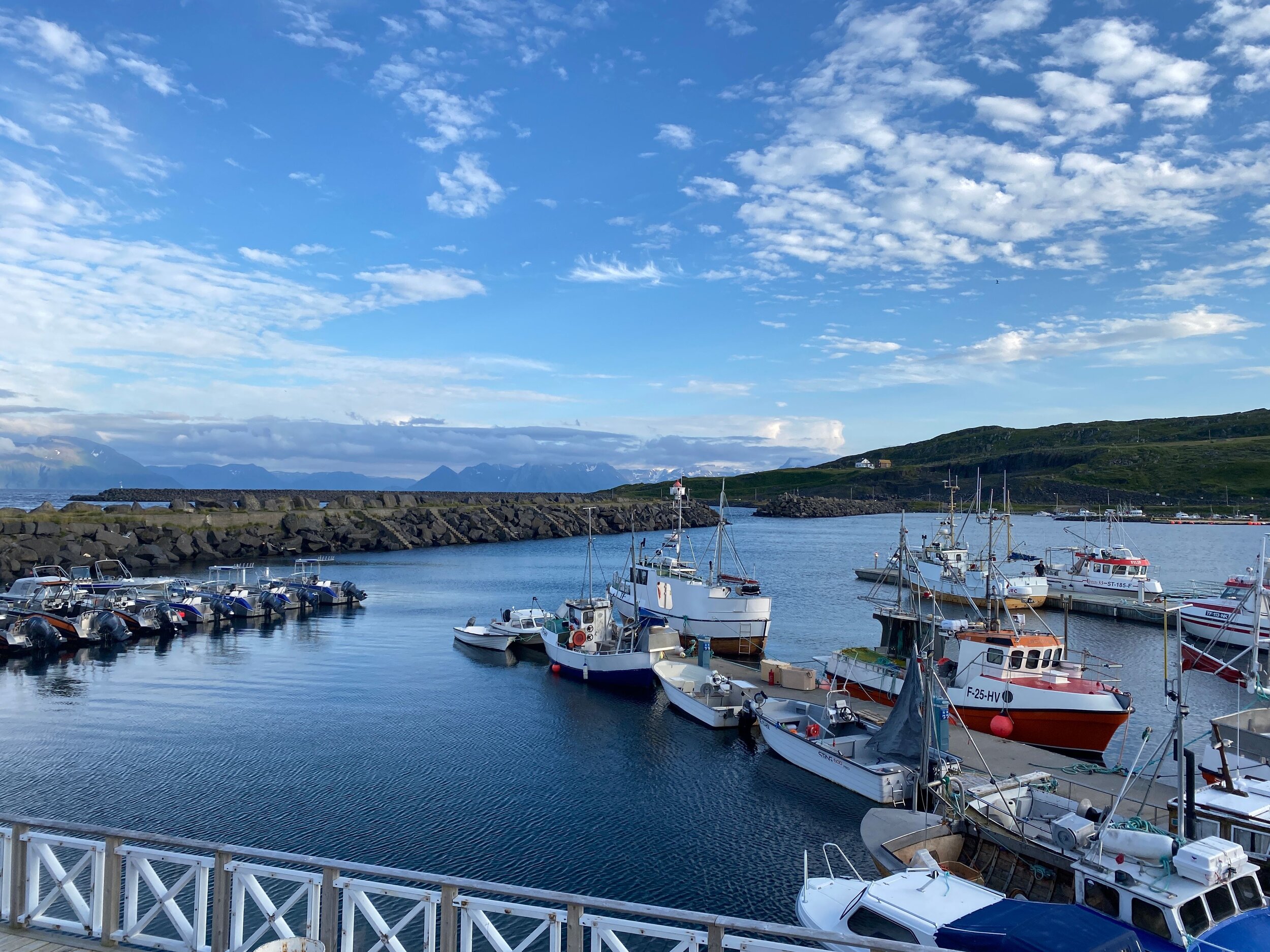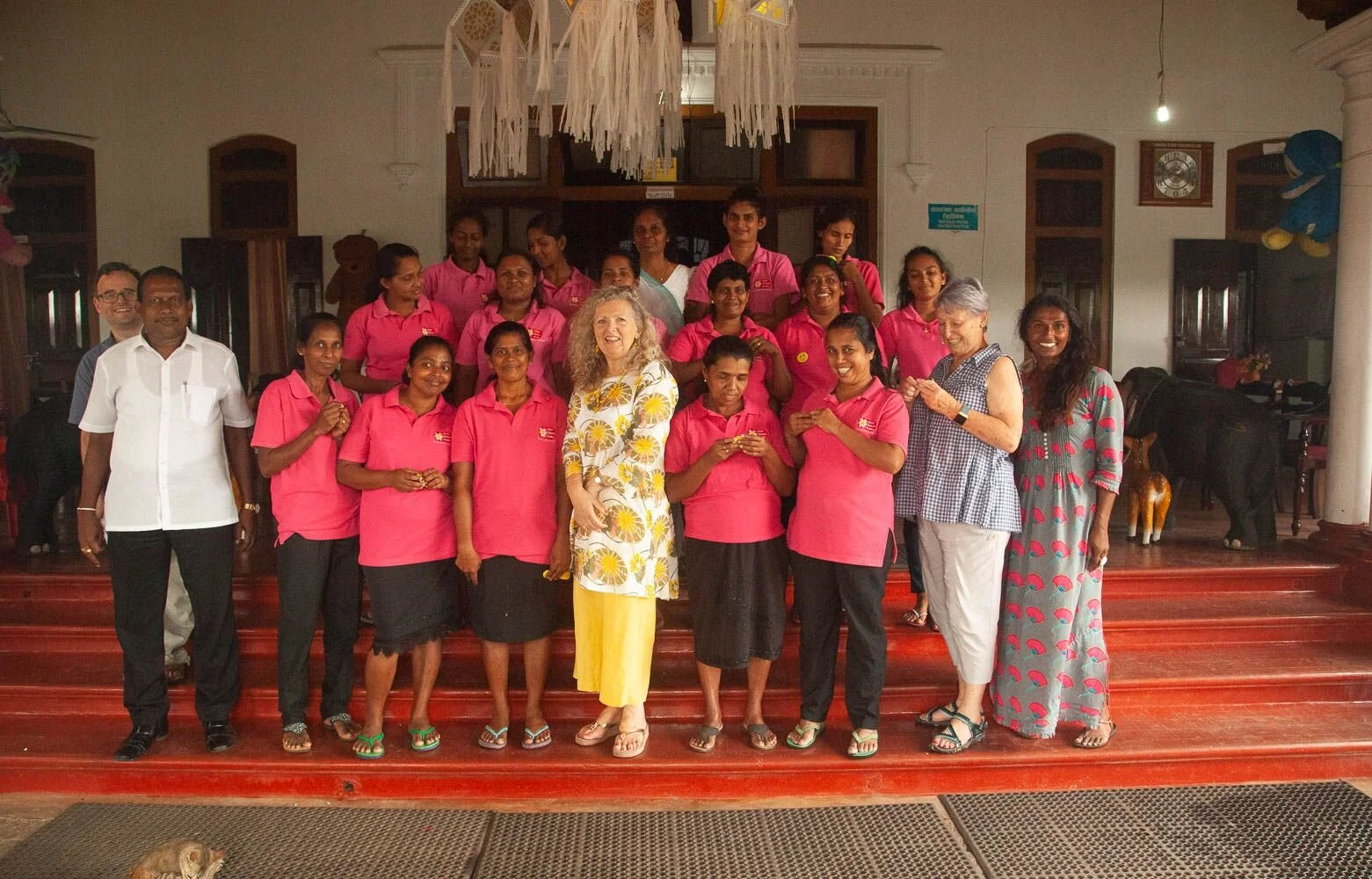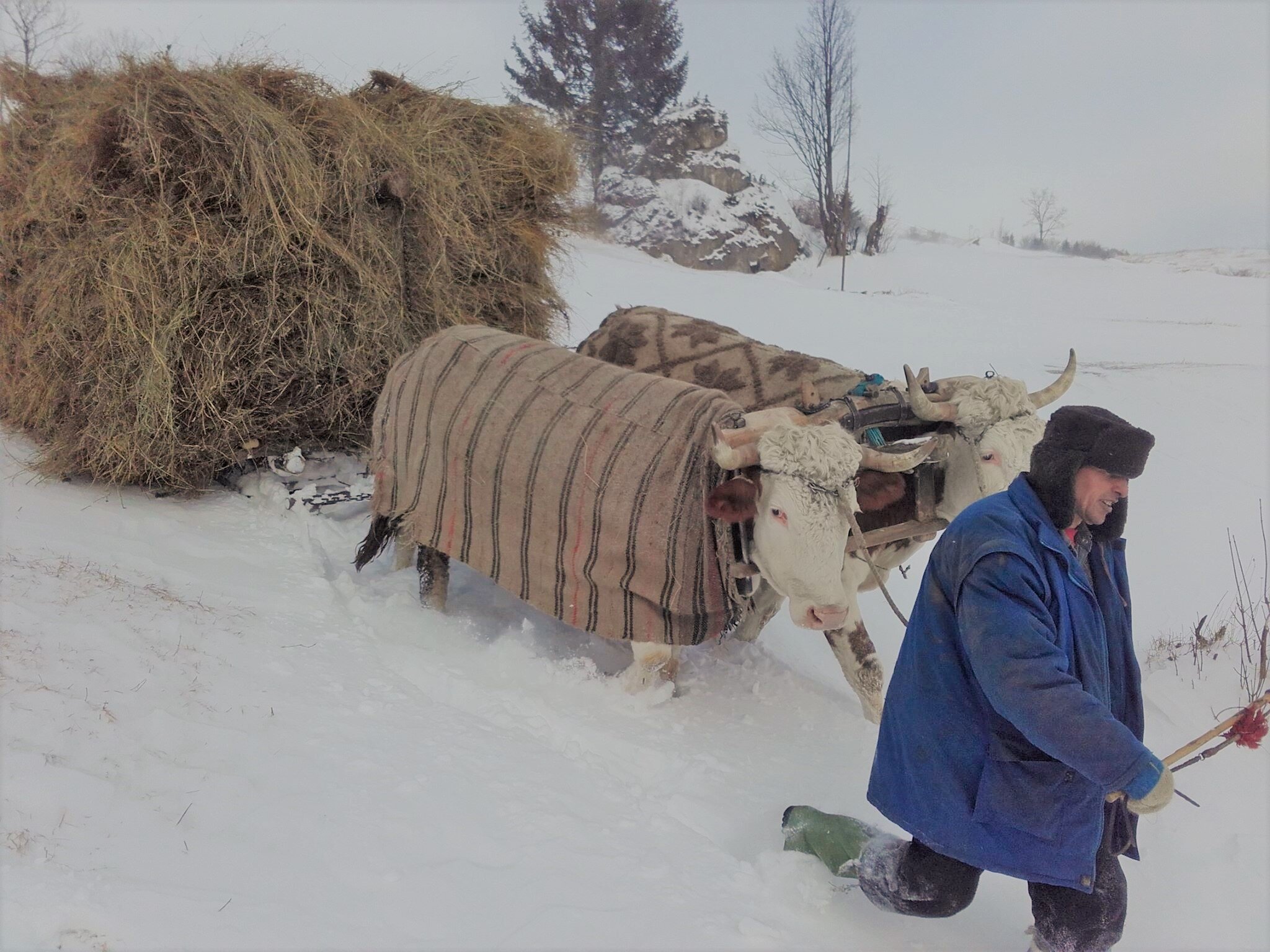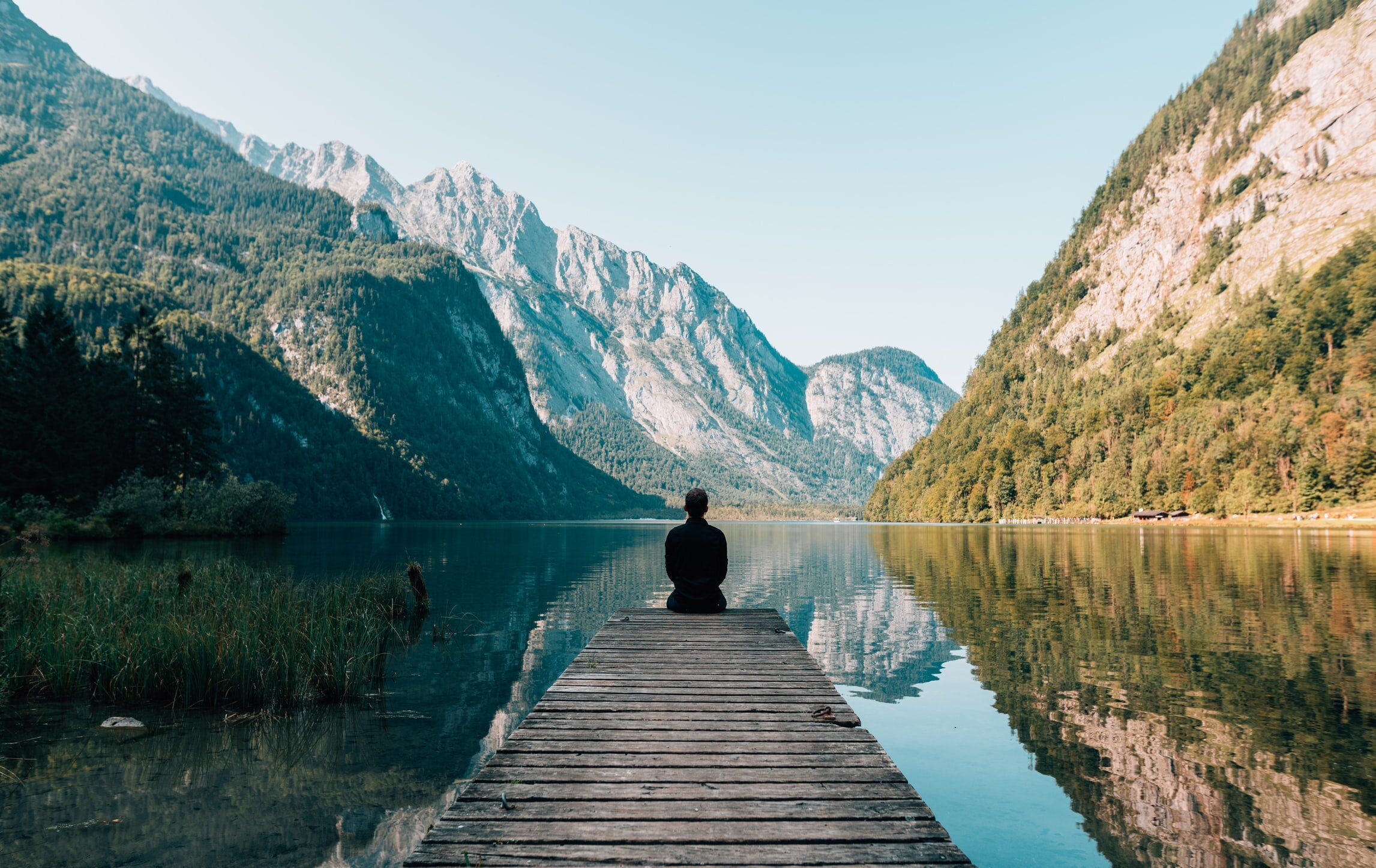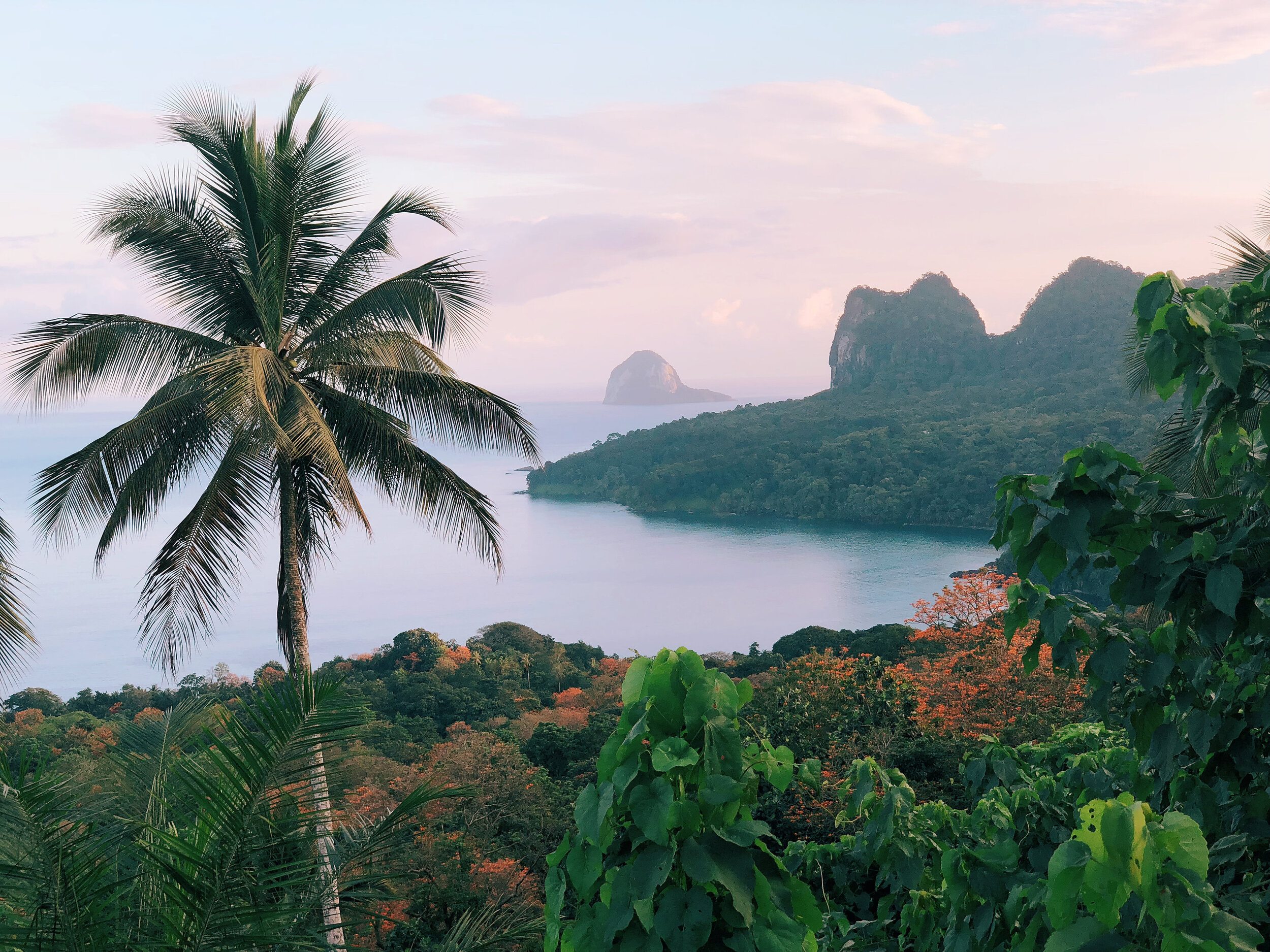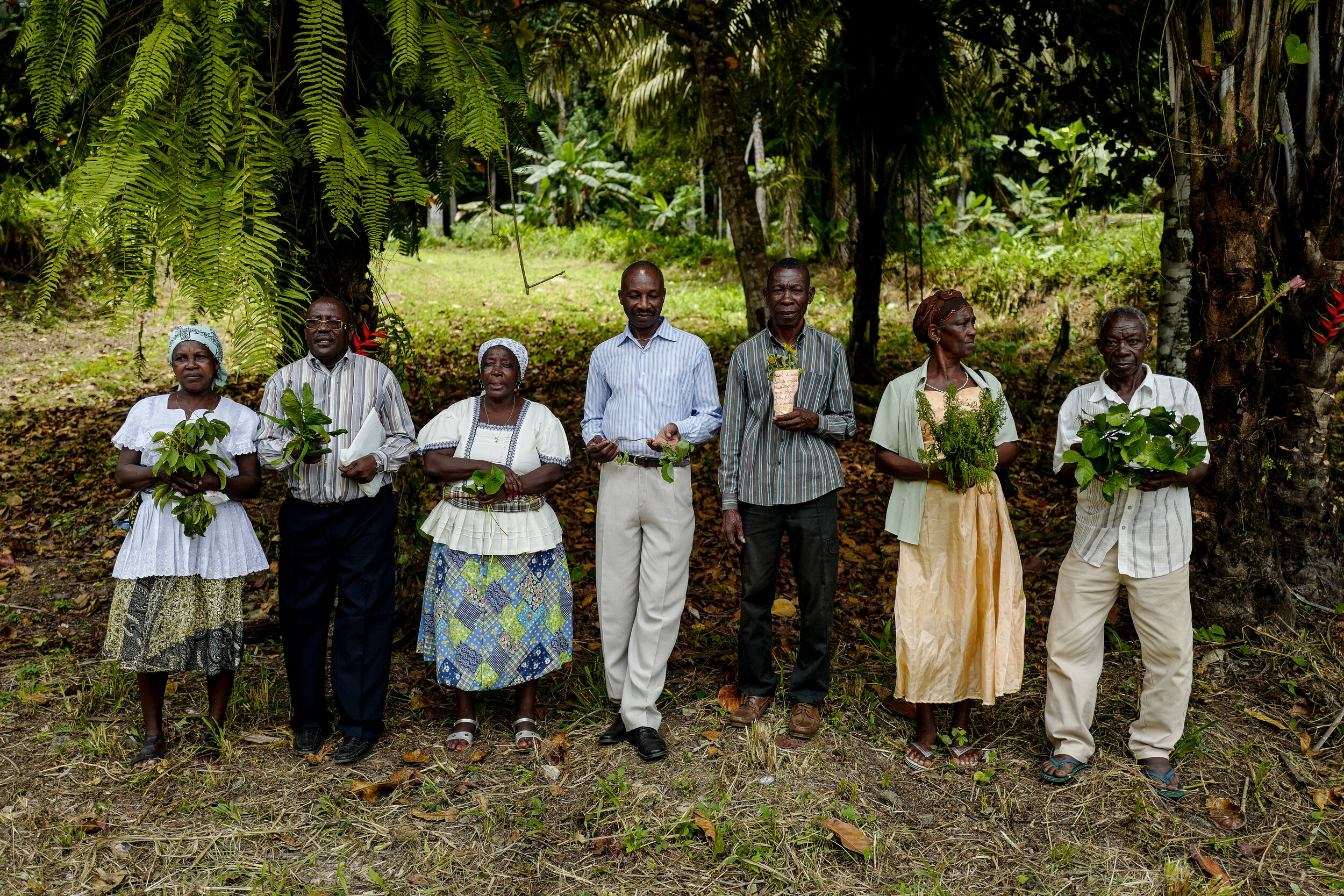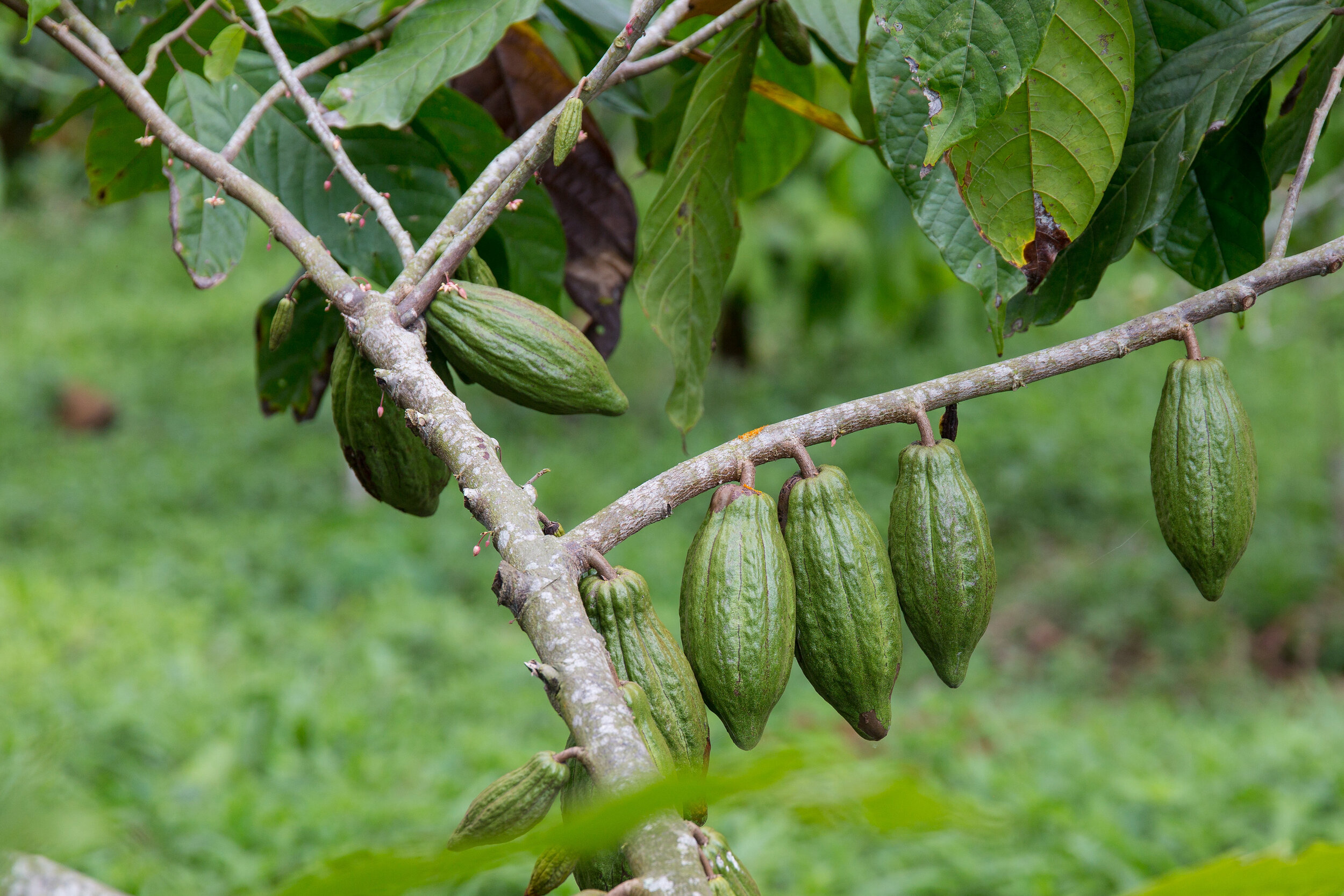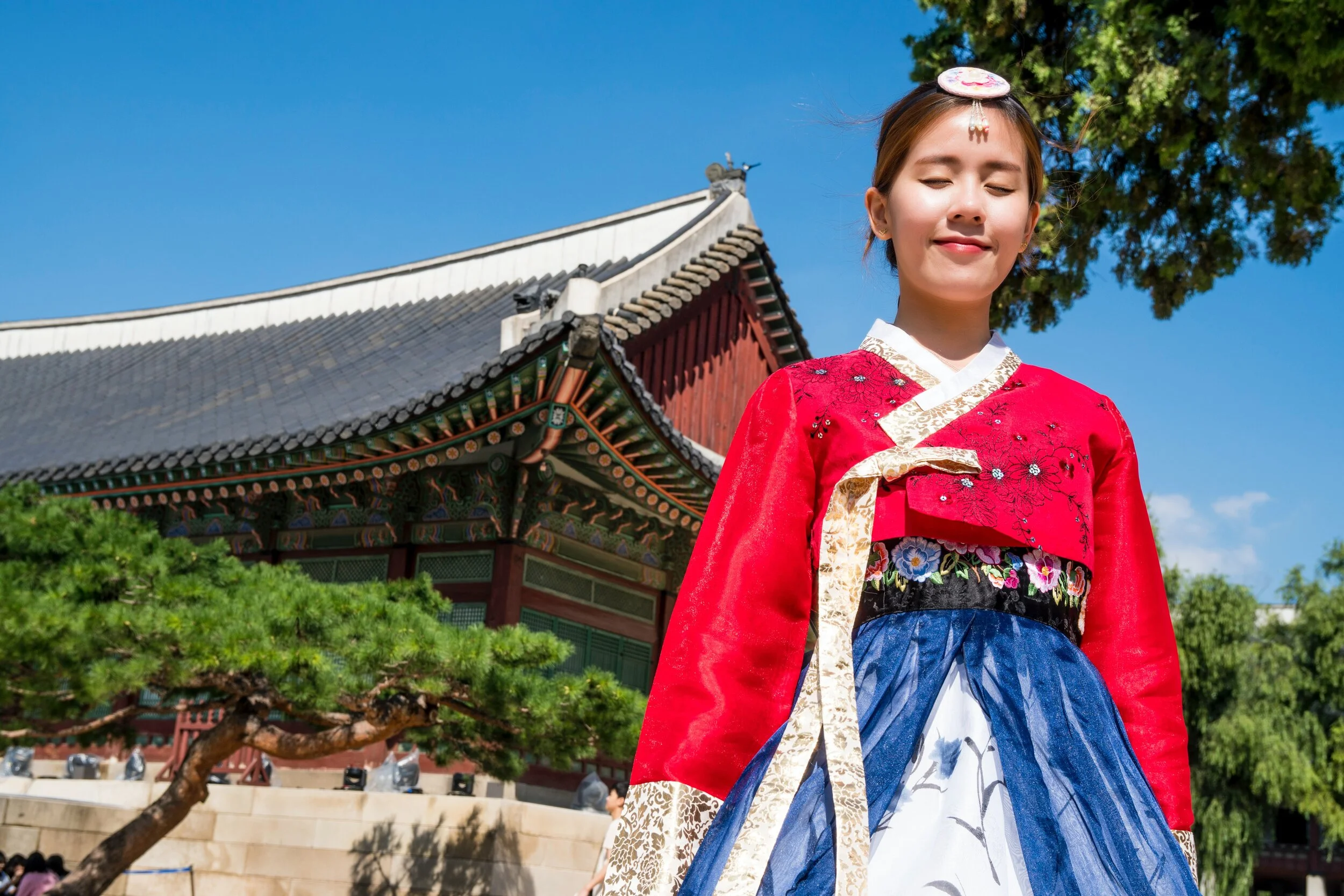Somehow, I always visited the Caribbean out of season - be it summer or autumn and thus a hurricane season. The weather can indeed be mixed but we were always spoilt with plenty of sunshine and only occasional rains. It wasn’t any different on my recent trip to Antigua - I travelled mid-October for 8 nights and we only had two days when it rained for about 15 minutes. It seems that many families shared my love for out of season travel as I have spotted numerous Brits visiting Antigua for the October half term. In fact, one of the hotels where I stayed was at almost 100% capacity for the school holiday. I can certainly see the appeal - isn’t it immensely tempting to pay much lower rates that do shoot up from November/December?
Antigua is often called an island of 365 beaches (one for each day of the year) and together with the sister island of Barbuda they are known as authentic Caribbean. Having been to more developed islands like Barbados and Jamaica, Antigua did welcome us by unspoilt terrain and colourful Caribbean cottages. I think the beaches were some of the best we have seen anywhere in the Caribbean - sandy, with turquoise water, some in smaller bays and some going for over a mile. In addition to its stunning beaches, Antigua is also famous for its carnival, originally a celebration of the 1834 abolition of slavery, running from late July to early August. The carnival is all about tastes, music and vibrant colours.
Antigua’s sailing week has become one of the world’s most prestigious regattas with crews from all over the world partaking in the competition.
Ever a travel agent, in addition to some rest my goal was to visit some of the best resorts in Antigua and arguably in the Caribbean.
They were all different in character and amenities and it was so helpful to experience them first hand. At the end of the day we always strive to offer the best possible service to our discerning and well-travelled customers.
The first resort that I visited was the adults only eco retreat Hermitage Bay resort. A luxury boutique resort nestled on the hillside of a hidden, sandy bay. A true honeymooners paradise, so special and memorable. It is a real all-inclusive Caribbean luxury! The resort has only 30 suites, spread around tropical gardens or nestled on the beach - a luxurious, natural environment where mind, body and spirit can be nurtured and restored. Each suite has a luxurious large bath and an outdoor shower.
The resort is all-inclusive and the menu changes daily - even picky eaters will find something that will accommodate their taste buds. As the resort is so intimate, service is second to none - very personalised, with staff remembering names of guests and their dietary and other preferences. You feel like a part of large caring family.
The second resort I visited was the iconic Carlisle Bay - well-known across the Caribbean and a firm favourite with the British crowd. A luxury resort looking out over white sand and turquoise water with a backdrop of emerald green rain forest. This stunning 87 suite resort is a member of the prestigious Leading Hotels of the World group. I loved the spacious and bright suites with floor to ceiling windows, most overlooking the beautiful Caribbean Sea. We were allocated a ground floor suite with a direct beach access while others, located above on the first and second floor had generous terraces housing a day bed as well as a coffee table with chairs. Whatever suite you get, you won’t be disappointed!
The beach at Carlisle Bay deserves a special mention - the sand is golden and so soft, with no broken coral or sea shells. Ideal for little feet and making sand castles.
When it comes to couples, do not be put off by the family reputation that the resort has - they very cleverly try to house families and couples in separate parts of the resort. In addition, there is an adults-only restaurant and bar called the Jetty Grill. This is an authentic restaurant serving Caribbean favourite dishes and the atmosphere is fantastic with tiki torches and waves lapping gently agains the beach. Carlisle Bay offers B&B with complimentary afternoon tea as well as All-Inclusive and you have four restaurants to choose from. A truly comfortable and classy resort with impeccable service!
Our last resort was Hodges Bay, a new property which only opened shortly before the pandemic. Very different from the resorts above with its casual, modern, and polished clean bohemian aesthetic. Our oceanfront suite was very spacious, sophisticated and contemporary with a huge terrace overlooking the sea. It was so enjoyable to sit there with a drink listening to the clashing waves and enjoying the sunset!
The resort is conveniently located only 10 minutes away from the airport yet there is no sound of aircraft. What I particularly liked is their Two, Three and Four Bedroom ocean front villas. A real home away from home option with plenty of space for everyone to spread out comfortably. Ideal for families or a group of friends staying together in a villa with resort facilities like a fitness centre, SPA, tennis courts, kids club and water sports. A very unique feature of the Hodges Bay is access to their private island - the Prickly Pear. A speedboat is running between the resort and the island regularly and the journey only takes 5 minutes. There is a bar, where you can enjoy a rum punch or a cold bottle of white wine and a light lunch. The water colour is absolutely stunning and the sand bank with the white sand reminded us of the Maldives. There is also a reef surrounding the island, so you can snorkel right off the shore. The island is available for exclusive hire to celebrate your special occasion!
Maryna had a fabulous time in Antigua visiting the above resorts - all very different and beautiful in their own way. Give her a call to book your holiday!
Maryna, Travel Matters Senior Travel Consultant, travelled to Antigua in October 2022
(Photo by Rick Jamison and Simone Maschellari on Unsplash)


